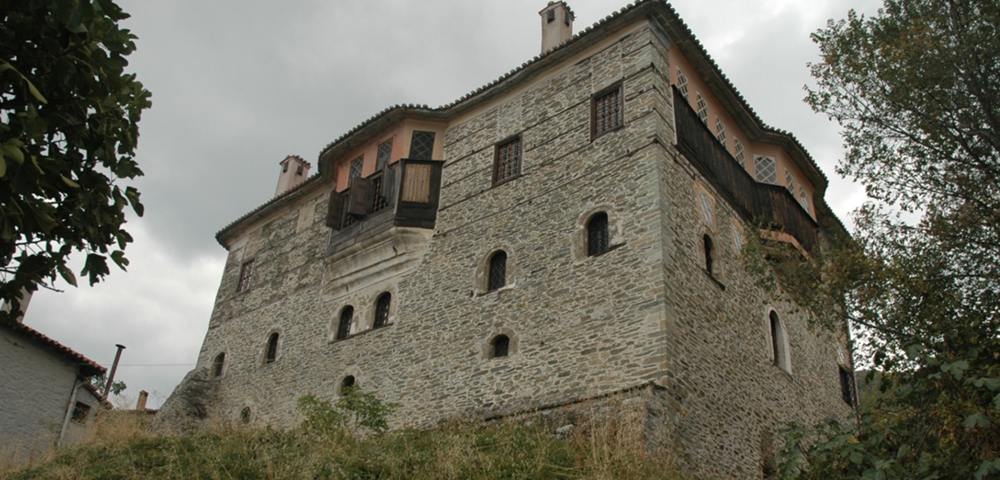
The Ministry of Culture is proceeding with the illumination of the mansion of Georgios Schwarz, in Ambelakia, as part of the project for the maintenance and restoration of its frescoes and wooden elements.
The Minister of Culture, Lina Mendoni, said, among other things, “The mansion of Georgios Schwartz belongs to the Ministry of Culture and is a monument that can be visited. It is an exceptional example of traditional 18th century architecture. The lighting study of the Mansion of Georgios Schwartz complements the museological and electromechanical study, aiming to create a unified visual identity and the appropriate environment – for each room separately – according to the conceptual and spatial subsets of the monument. With the completion of the conservation works of the frescoes, the painted surfaces and the wooden elements of the Mansion, as well as the lighting of the building externally and internally, this very interesting historical landmark for Ampelakia is highlighted as a whole and at the same time a strong pole of enhancement of the area’s visitability is created”.
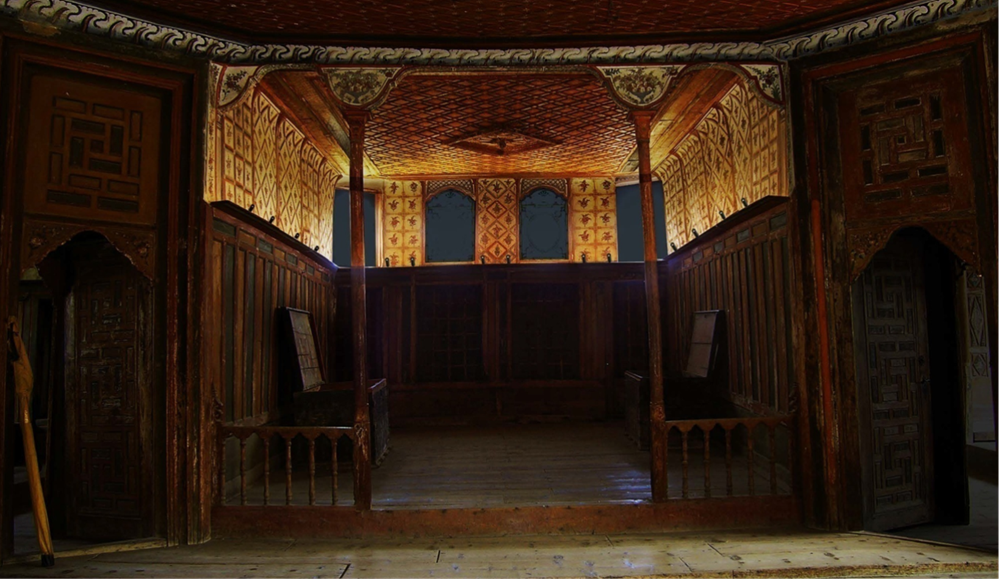
The lighting study was prepared on the basis of European lighting standards for all interior spaces of the Mansion -basement cellar, ground floor and two floors-, as well as the external facades of the building, taking into account the character of the monument.
Specifically, a lighting strategy is followed that prioritises the lighting intensity levels between the exhibits, interior decorations and the surrounding space. Currently, the interior of the mansion is conventionally lit with simple lamps that provide general illumination, but in no way highlight the special features of the monument, while the exterior is left dark.
The mansion impresses because of its imposing architecture, but also for its rich interior decoration. Carved wood ceilings and panelling, porcelain fireplaces, and especially the richly painted decoration give the building splendour and luxury, while reflecting the wealth and spiritual prosperity that prevailed in the settlement in the 18th century.

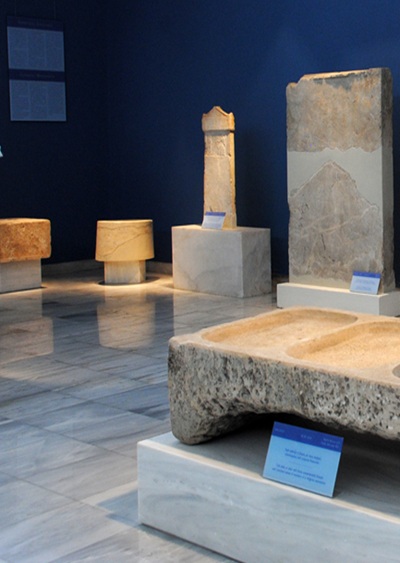
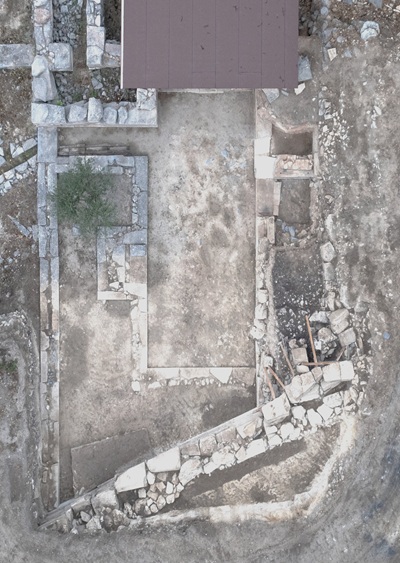
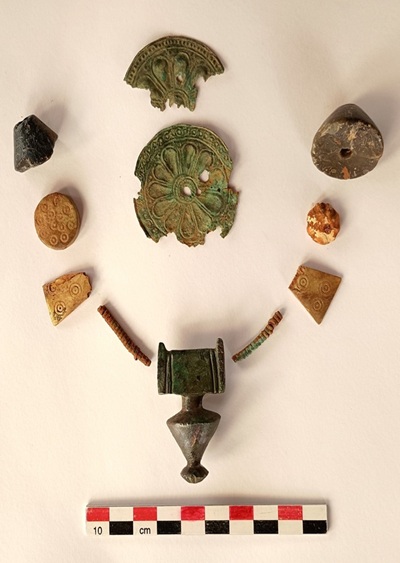
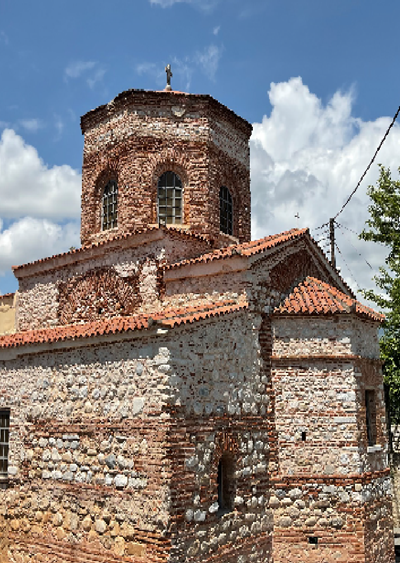


Leave A Comment